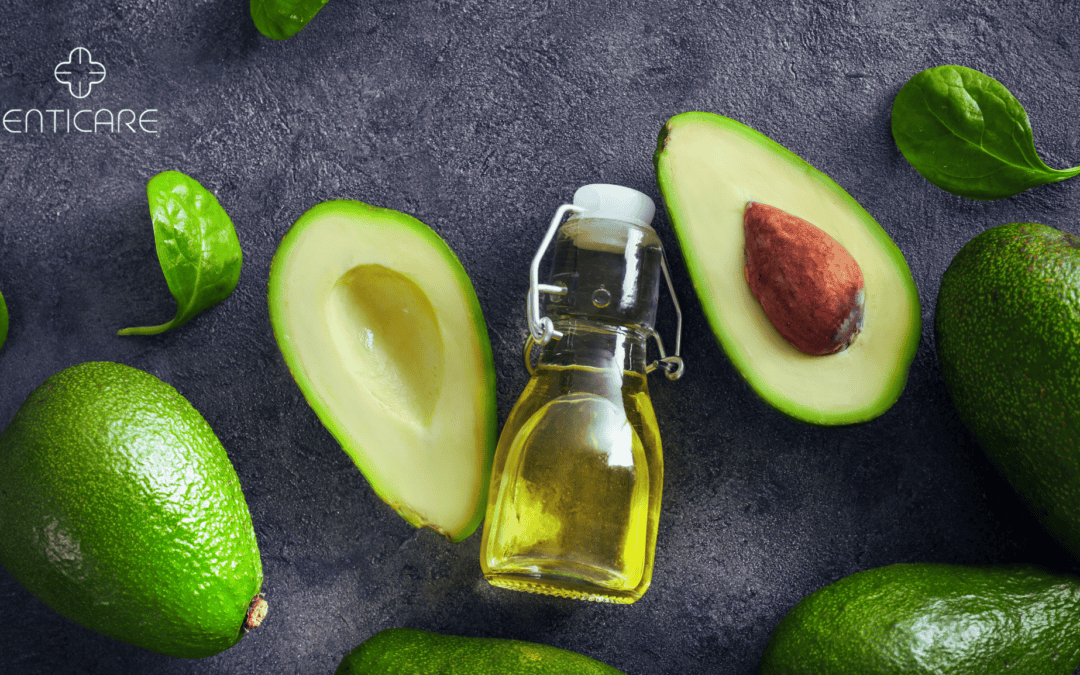Avocados are beloved by many for their creamy texture and numerous health benefits. However, for some individuals, avocados can trigger allergic reactions. In this comprehensive guide, we will explore everything you need to know about avocado allergies, from symptoms to diagnosis and management.
Understanding Avocado Allergy
What is Avocado Allergy?
Avocado allergy occurs when the immune system mistakenly identifies proteins in avocados as harmful substances. This triggers an allergic reaction, known as avocado hypersensitivity, which can range from mild to severe.
Types of Avocado Allergy: Oral Allergy Syndrome
There are two main types of avocado allergies:
- Oral Allergy Syndrome (OAS): Often linked to birch pollen allergies, leading to reactions in the mouth and throat.
- Latex-Fruit Syndrome: Linked to a latex allergy, resulting in more severe symptoms. This can include a latex avocado allergy, which may cause skin rashes, hives, difficulty breathing, and in severe cases, anaphylactic shock. It is important to seek medical advice and perform skin allergy tests to confirm
Prevalence and Risk Factors
Avocado allergy is relatively rare but can be more common in individuals with other allergies, such as latex or birch pollen allergies. Risk factors include having a family history of allergies or being exposed to high levels of allergens.
Symptoms of Avocado Allergy
Immediate Symptoms
Symptoms can appear within minutes of consuming or coming into contact with avocados:
- Itchy Mouth and Throat: A common symptom of OAS, often referred to as oral avocado allergy, which can cause mild to severe allergy symptoms in the lips, mouth, and throat.
- Swelling of Lips and Tongue:
Delayed Symptoms
Some symptoms may develop hours after exposure:
- Gastrointestinal Issues: Nausea, vomiting, or diarrhea can occur.
- Respiratory Problems: Wheezing, coughing, or nasal congestion may develop.
- General Discomfort: Prolonged allergic reactions can lead to fatigue and malaise.
Severe Allergic Reactions
In rare cases, avocado allergy can lead to severe allergic reactions such as anaphylaxis, a life-threatening reaction requiring immediate medical attention. Symptoms include difficulty breathing, a rapid drop in blood pressure, and
Diagnosing Avocado Allergy
Medical History and Physical Examination
An allergist will take a detailed medical history and perform a physical examination to assess symptoms and potential triggers.
Allergy Testing
Several tests can confirm an avocado allergy:
- Skin Prick Test: Small amounts of avocado extract are applied to the skin to check for reactions.
- Blood Test: Measures the presence of specific antibodies related to avocado allergens.
- Oral Food Challenge: Conducted under medical supervision to monitor adverse reactions to avocado consumption.
Cross-Reactivity Considerations in Latex Avocado Allergy
Individuals with latex allergies may experience cross-reactivity with avocados due to similar protein structures, a phenomenon known as avocado and latex allergy.
Managing Avocado Allergy
Avoidance Strategies
Avoiding avocados and avocado-containing products is the most effective way to prevent allergic reactions:
- Reading Labels: Always check food labels for avocado ingredients.
- Informing Others: Ensure that family, friends, and food handlers are aware of your allergy.
- Substitutes: Use alternative fruits and ingredients that do not trigger allergies.
Medical Treatments
If avoidance is not possible, medical treatments can help manage symptoms:
- Antihistamines: Over-the-counter medications can relieve mild symptoms.
- Epinephrine Auto-Injectors: Essential for individuals at risk of anaphylaxis.
- Allergy Shots: Immunotherapy may help reduce sensitivity over time.
Coping with Cross-Reactivity
If you have a latex allergy, take steps to manage both conditions:
- Avoid Latex Products: Minimize exposure to latex to reduce overall allergic load. Be aware that proteins in avocados and natural rubber latex are similar, which can cause cross-reactivity known as latex-fruit syndrome.
- Heat Treatment: Cooking avocados can break down proteins and reduce allergenicity.
- Peeling Avocados: Removing the skin can sometimes decrease allergic reactions.
Living with Avocado Allergy
Dietary Adjustments for Food Allergy
Adapting your diet is key to living comfortably with an avocado allergy:
- Finding Alternatives: Enjoy other fruits like bananas, melons, and berries.
- Exploring New Recipes: Discover avocado-free recipes and cooking methods.
- Dining Out Safely: Communicate your allergy to restaurant staff and choose safe menu options.
Emotional and Social Considerations
Managing an allergy can affect your social life and mental well-being:
- Educating Others: Raise awareness among friends and colleagues.
- Support Groups: Join allergy support groups for shared experiences and tips.
- Mental Health: Seek professional help if you experience anxiety or depression related to your allergy.
Long-Term Management
Develop a long-term plan for managing your avocado allergy:
- Regular Check-Ups: Visit your allergist regularly to monitor your condition.
- Stay Informed: Keep up-to-date with new treatments and research.
- Personalized Action Plan: Work with your doctor to create a plan tailored to your needs.
Conclusion
Understanding and managing avocado allergy is crucial for maintaining a healthy lifestyle. By recognizing symptoms, seeking proper diagnosis, and implementing effective management strategies, you can significantly improve your quality of life. For personalized advice and treatment options, schedule an appointment with our experts at Enticare today.

